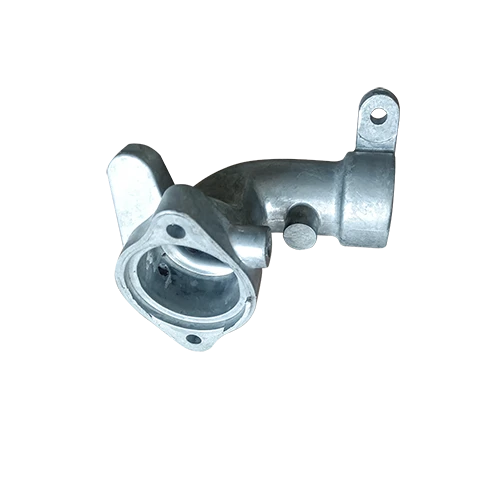Mobile:+86-311-808-126-83
Email:info@ydcastings.com
Innovations in Centrifugal Die Casting for Enhanced Manufacturing Efficiency and Quality
Centrifugal Die Casting An Innovative Manufacturing Process
Centrifugal die casting is a specialized manufacturing technique that produces high-quality metal components with remarkable precision and surface finish. This process leverages centrifugal force to ensure a uniform distribution of molten metal within a rotating mold, resulting in parts that are dense, durable, and devoid of imperfections commonly associated with traditional casting methods. As industries continue to seek efficiency and quality, centrifugal die casting emerges as a significant solution across various applications.
At its core, centrifugal die casting involves the pouring of molten metal into a mold that is rotated around its axis. This rotation generates a centrifugal force that pushes the metal against the mold walls, facilitating even filling and minimizing the chances of defects like porosity or trapped air. Unlike other casting processes, centrifugal die casting can achieve intricate designs and geometries with a high level of accuracy, making it particularly advantageous for creating parts such as engine blocks, pipes, and intricate machinery components.
The Process
The process begins with the preparation of the mold, which is typically made from steel or iron to withstand the high temperatures and pressures involved. Once the mold is constructed, it is heated to ensure that the molten metal maintains its temperature and flows well. The metal, often aluminum, copper, zinc, or magnesium alloys, is then melted in a furnace and poured into the rotating mold.
The rotation of the mold can be horizontal or vertical, depending on the specific requirements of the part being produced. In the horizontal process, the mold spins on a horizontal axis, while in the vertical variation, the mold rotates on a vertical axis. Both methods create the centrifugal force necessary to achieve the high-density casting.
As the metal fills the mold cavity, it cools and solidifies rapidly due to the heat conductivity of the mold material. Once the cooling process is complete, the rotation is halted, and the mold is opened to release the finished component. This quick cycle allows for high production rates and efficiency, making centrifugal die casting an attractive option for manufacturers aiming to meet high demand without compromising on quality.
Advantages of Centrifugal Die Casting
Centrifugal die casting offers numerous advantages over traditional casting processes
. Here are some key benefits1. High Density The centrifugal force helps eliminate gas and other impurities, resulting in parts that have a high density and strength.
centrifugal die casting

2. Cost-Effective Although the initial setup cost for molds can be higher, the efficiency of the process and the minimal need for secondary operations can lead to significant cost savings in large production runs.
3. Versatility This method is suitable for various metals and allows for the production of complex shapes that might be challenging to achieve using other methods.
4. Enhanced Surface Finish The process generally produces parts with a superior surface finish, reducing the need for extensive post-processing and finishing.
5. Reduced Scrap Rates The design of the molds and the process itself lead to reduced waste compared to traditional casting techniques.
Applications
Centrifugal die casting is widely used in several industries, including automotive, aerospace, and manufacturing. The automotive industry, in particular, benefits from this process for producing engine components, transmission housings, and other critical parts requiring high strength and durability.
In the aerospace sector, where precision and weight are crucial, centrifugal die casting provides components that meet stringent regulatory standards while also being lightweight. Additionally, industries such as plumbing and electrical often utilize centrifugal die casting for producing fittings and components that demand high reliability and performance.
Conclusion
Centrifugal die casting represents a remarkable intersection of innovation and efficiency in manufacturing. Its ability to produce high-quality components with enhanced mechanical properties at a competitive rate positions it as a valuable process for numerous industries. As technology advances and manufacturing demands continue to evolve, centrifugal die casting is poised to remain at the forefront, delivering precision-engineered solutions that meet the challenges of modern manufacturing head-on. Whether for automotive applications or intricate machinery, this process showcases the potential of casting technology in shaping the future of production.
-
Why Should You Invest in Superior Pump Castings for Your Equipment?NewsJun.09,2025
-
Unlock Performance Potential with Stainless Impellers and Aluminum End CapsNewsJun.09,2025
-
Revolutionize Your Machinery with Superior Cast Iron and Aluminum ComponentsNewsJun.09,2025
-
Revolutionize Fluid Dynamics with Premium Pump ComponentsNewsJun.09,2025
-
Optimizing Industrial Systems with Essential Valve ComponentsNewsJun.09,2025
-
Elevate Grid Efficiency with High-Precision Power CastingsNewsJun.09,2025











